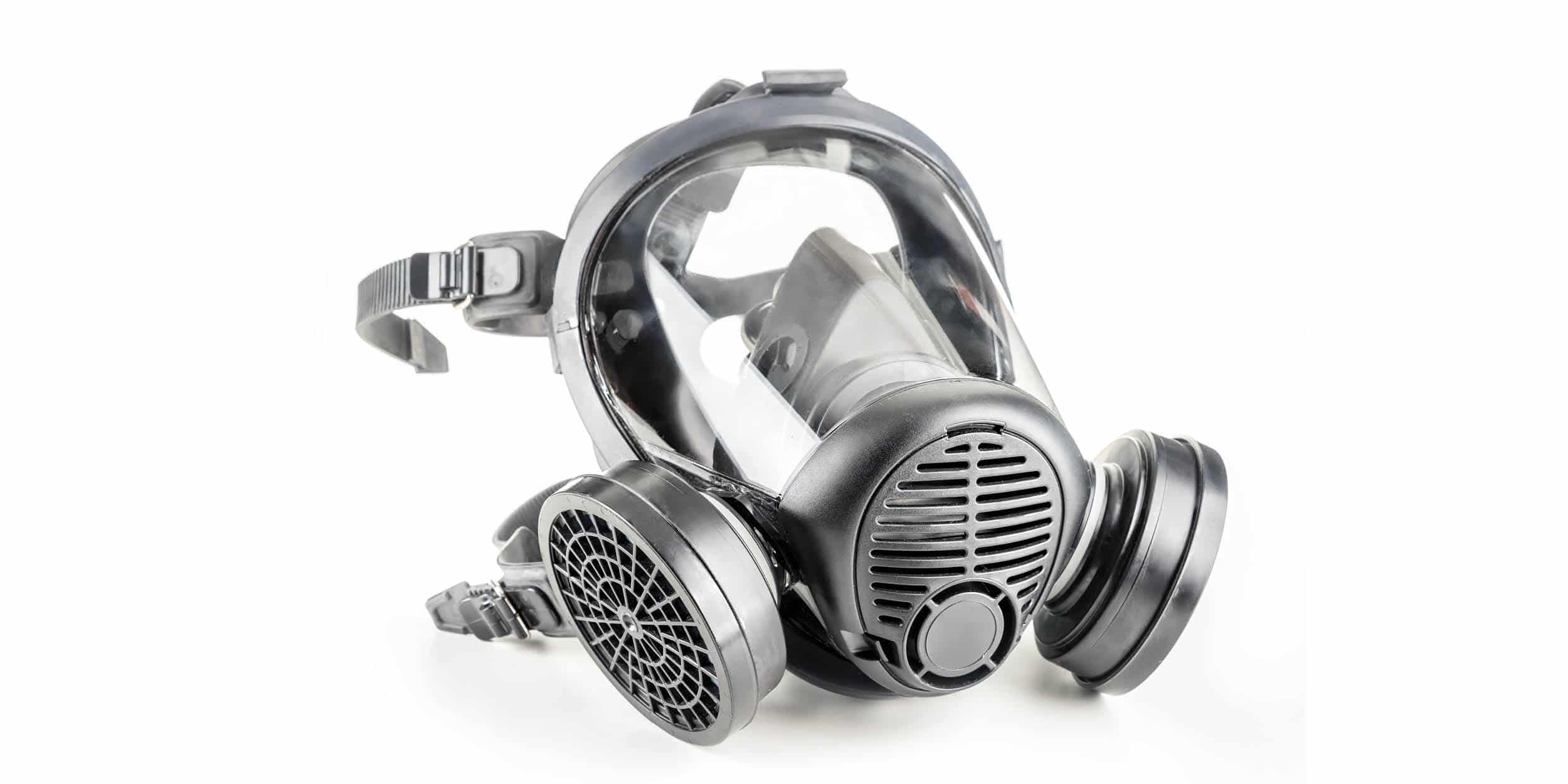TAKEAWAY: The National Institute for Occupational Safety and Health (NIOSH) is one of several organizations integral to SureHire’s Respirator-Fit (Mask-Fit) Testing program. If you have employees using respirators and are engaging in respirator-fit testing (mask-fit testing), it is important to understand how organizations like NIOSH influence the equipment and testing services.
Jump Ahead
- Book Mask-fit Testing With SureHire!
- What is NIOSH?
- What is the Difference Between NIOSH and OSHA?
- The Main Goals of NIOSH
- What Role Does NIOSH Play in Respirator-Fit Testing?
- How Does NIOSH Grant Certification to New Products?
- What is the Impact of the NIOSH PPT Program?
- Respirator-Fit Testing and NIOSH | In Conclusion
- You May Also Be Interested In…
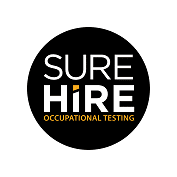
Book Mask-fit Testing With SureHire!
All SureHire respirators carry NIOSH approval, yet that’s not the only safety aspect to consider. It is also imperative that RPE is the right fit for the employee, and that’s where Respirator-Fit Testing comes in. Book an Appointment or Request a Quote today!
The National Institute for Occupational Safety and Health (NIOSH) is one of several organizations integral to SureHire’s Respirator-Fit (Mask-Fit) Testing program. Alongside OSHA, CSA, and OHS, they create the framework for how SureHire delivers this service. This article is the first in a series decoding these acronyms and explaining the essential functions of each organization.
Respiratory Protective Equipment (RPE) is essential for employees in specific industries and job roles. Examples include construction, mining, oil and gas, fire services, petrochemical, pharmaceutical industries, etc. Companies use Respirator-Fit Testing to ensure the RPE fits properly and ultimately keeps employees safe.
Any employer using respirators and Respirator-Fit Testing should understand how various organizations influence this equipment and service. This article explores how NIOSH helps lay the foundation for Respirator-Fit testing.
What is NIOSH?
NIOSH is part of the Centers for Disease Control and Prevention (CDC). They are the United States federal agency responsible for conducting research and making recommendations to prevent work-related injury and illness.
NIOSH are leaders in the field of occupational health and safety. Ultimately, they aim to apply this knowledge to keep workers safe and healthy. This diverse organization has over 1,300 professionals across wide-ranging disciplines, including epidemiology, medicine, nursing, industrial hygiene, safety, psychology, chemistry, statistics, economics, and engineering.
What is the Difference Between NIOSH and OSHA?
Created by the Occupational Safety and Health Act of 1970, both NIOSH and OSHA (Occupational Safety and Health Administration) play vital roles in keeping employees safe and healthy. The critical difference is that OSHA is a regulatory agency, whereas NIOSH is not. NIOSH does not issue safety and health standards enforceable under U.S law. Rather, NIOSH has the authority to conduct research on new safety and health problems and develop recommendations for health and safety standards.
The Main Goals of NIOSH
NIOSH has seven overarching goals that reflex the significant health and safety issues in the U.S. workforce. They follow a strategic plan for achieving the following goals:
- Reduce occupational cancer, cardiovascular disease, adverse reproductive outcomes, and other chronic diseases
- Reduce occupational hearing loss
- Reduce occupational immune, infectious, and dermal disease
- Reduce occupational musculoskeletal disorders
- Reduce occupational respiratory disease
- Improve workplace safety to reduce traumatic injuries
- Promote safe and healthy work design and well-being
What Role Does NIOSH Play in Respirator-Fit Testing?
NIOSH has exclusive authority for the testing and certification of respirators. The exception is specific mine emergency devices where NIOSH works with the Mine Safety and Health Administration (MSHA). They also issue recommendations for respirator use.
Various government and industry partners have roles in establishing respirator standards. For example, the CDC sets performance criteria for respiratory devices. Certified respirators exceed these guidelines, confirming their safety.
Respirator-Fit Testing ensures RPE effectively minimizes the chance of employees inhaling dangerous substances and reduces the risk of respiratory illnesses. Having certified respirators that meet industry standards is one piece of the RPE safety puzzle, and Respirator-Fit Testing is the other. Both are essential from a worker’s health and a liability perspective.
How Does NIOSH Grant Certification to New Products?
NIOSH developed the Personal Protective Technology (PPT) program to test and certify new respirators before entering the market. All NIOSH-certified respirators meet construction, performance, and protection standards that keep RPE users safe.
The PPT program aligns with NIOSH’s seven strategic goals. It has several components, including the following:
- Establishing certification testing criteria
- Conducting product testing
- Reviewing technical product specifications
- Examining the manufacturer’s quality assurance program
- Product and site audits
- Evaluating product complaints
- Research to improve testing and evaluation methods
Respirator certification is a premier function of the PPT program. Respirators are the only type of federally certified PPT, and NIOSH has certified more than 1,600 since 2001. Considered a business necessity, OSHA and MSHA require employers to purchase only NIOSH-certified respirators.
What is the Impact of the NIOSH PPT Program?
Assessing the impact of a public health initiative like the PPT program is challenging. Several factors are at play for illness and disease prevention, including individual and environmental aspects. A correctly fitting respirator is a crucial safety aspect, and this is separate from the PPT program.
Furthermore, respirators are only one type of PPT, and every industry and workplace has unique hazards and worker demands. So measuring the effectiveness of the PPT program has many considerations.
However, studies have highlighted the effectiveness of PPT in several areas. For example, a long-term study of firefighters showed no correlation between pulmonary function and firefighting exposure, and levels were similar to healthy, non-smoking adults.
Laboratory studies have highlighted the effectiveness of respirators. NIOSH is at the forefront of research, eventually aiming to develop a respirator that fits all face shapes and sizes without the need for Respirator-Fit Testing.
Respirator-Fit Testing and NIOSH | In Conclusion
NIOSH is one of several organizations integral to SureHire’s Respirator-Fit Testing service. They conduct occupational health and safety research and provide recommendations to keep workers safe and healthy.
NIOSH developed the PPT program, and one of its primary functions is respirator certification. OSHA and MSHA require employers to purchase only NIOSH-certified respirators because they meet construction, performance, and protection standards that keep RPE users safe. All SureHire respirators are NIOSH-approved.
SureHire’s Respirator-Fit Testing service is the other major puzzle piece that enhances respirator safety and helps keep employees healthy. Employees in industries with a high risk of lung health issues should invest in Respirator-Fit Testing to protect employees fully.
Contact SureHire for more information about lung health testing and monitoring services such as Respirator-Fit Testing, Spirometry Testing, Lead Exposure and Health Monitoring, and Lung Health Monitoring programs.

Book Mask-fit Testing With SureHire USA!
SureHire USA respirators carry NIOSH approval, yet that’s not the only safety aspect to consider. It is also imperative that RPE is the right fit for the employee, and that’s where Respirator-Fit Testing comes in. Book an Appointment or Request a Quote today!
You May Also Be Interested In…
- Do You Have Reasonable Suspicion?
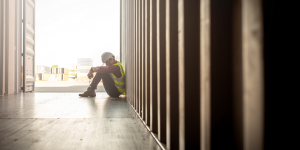 Employers cannot initiate reasonable suspicion testing without first going through the 5-step process. Reasonable suspicion training provides critical information about how to initiate reasonable suspicion testing, including the 5-step process and other tools that employers can use to help manage the misuse of alcohol and drugs in the workplace.
Employers cannot initiate reasonable suspicion testing without first going through the 5-step process. Reasonable suspicion training provides critical information about how to initiate reasonable suspicion testing, including the 5-step process and other tools that employers can use to help manage the misuse of alcohol and drugs in the workplace. - An Employer’s Guide: What You and Your Employees Need to Know About DOT Drug & Alcohol Testing
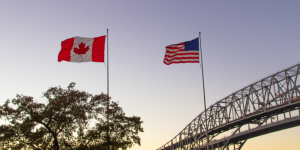 When implementing or maintaining DOT Drug & Alcohol testing, there are key areas that employers should consider.
When implementing or maintaining DOT Drug & Alcohol testing, there are key areas that employers should consider. - SureHire Occupational Testing Acquires COHR Health: A Positive Step Towards Safe, Healthy, Productive Workforces and Communities
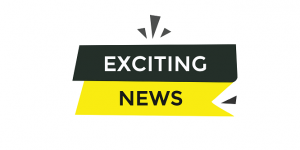 We are thrilled to announce that today, May 6, 2024, SureHire Occupational Testing has officially acquired COHR Health, a well-known leader in occupational health services. Read on…
We are thrilled to announce that today, May 6, 2024, SureHire Occupational Testing has officially acquired COHR Health, a well-known leader in occupational health services. Read on… - Occupational Testing Use Case – Mining
 In this case study, we will explore how mining companies can use various types of occupational tests to reduce Total Recordable Incident Rates (TRIR) long term.
In this case study, we will explore how mining companies can use various types of occupational tests to reduce Total Recordable Incident Rates (TRIR) long term. - 9 Strategies to Keep Workers Cool on Drilling Sites During Hot Summer Months
 This article delves into strategies to keep workers cool and safe on drilling sites during the hot summer months.
This article delves into strategies to keep workers cool and safe on drilling sites during the hot summer months. - Hearing Conservation Basics: How to Manage Occupational Noise
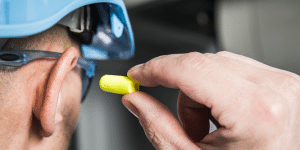 Learn how to proactively mitigate occupational noise risks and help prevent NIHL among workers.
Learn how to proactively mitigate occupational noise risks and help prevent NIHL among workers.
